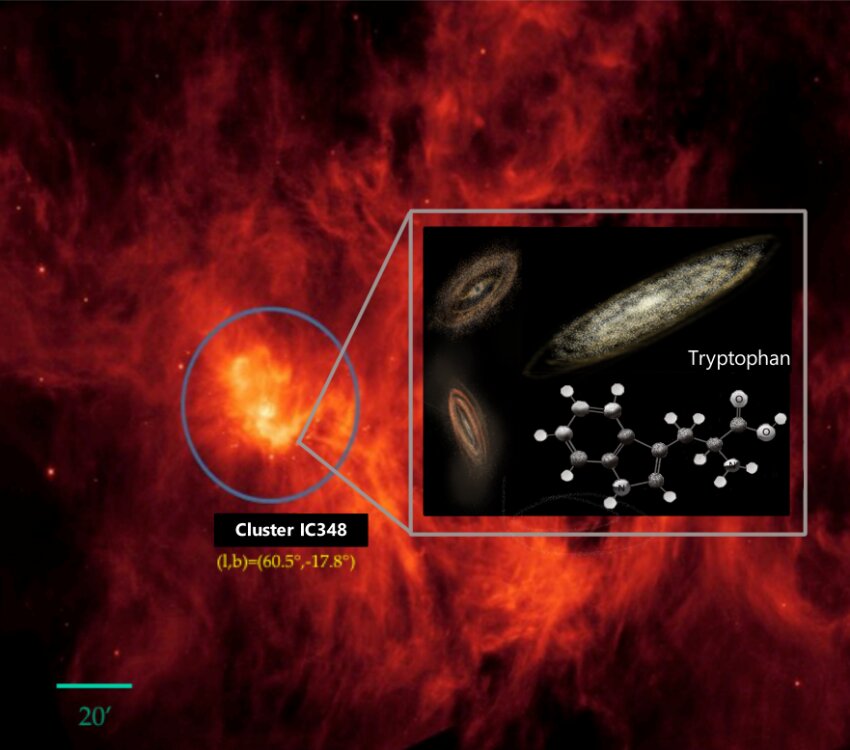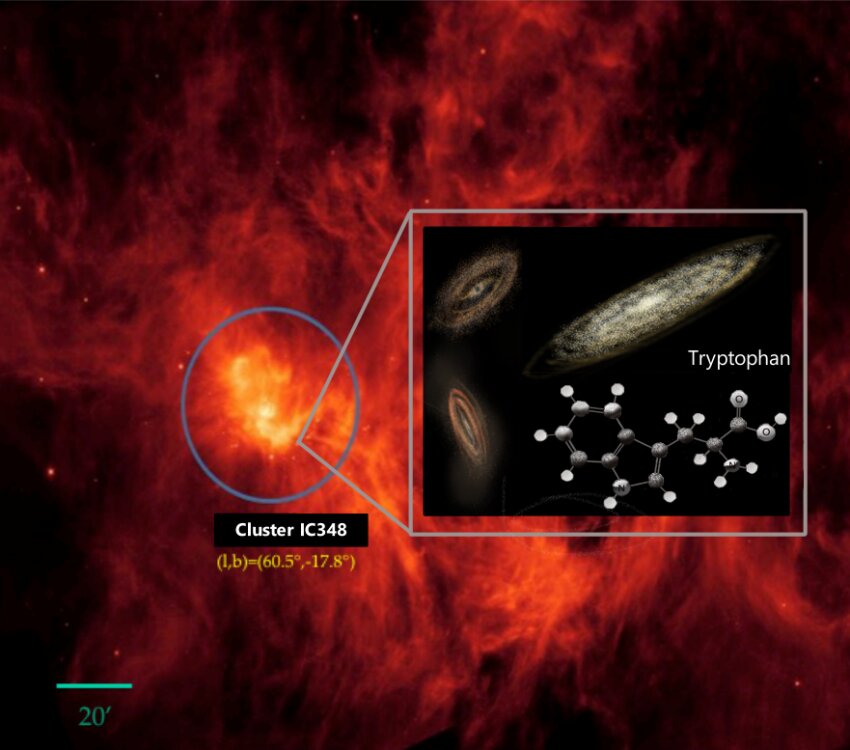

I have read the manga and the early manga definitely gives me Kino’s Journey/Mushishi vibes. Those are two of my all-time favorite anime and Frieren is probably the closest I have ever come to having that same feeling in manga form. So, I am super excited about it as well.





























The fact that they are devoting two hours to tell the first part of the story gives me a lot of confidence that they are taking the time to tell the story in a deliberate way. I have written elsewhere that this series really reminds me of Mushishi and everything I liked about that show, so I am super excited that they seem to be giving it the pacing that it needs to help the story hit.